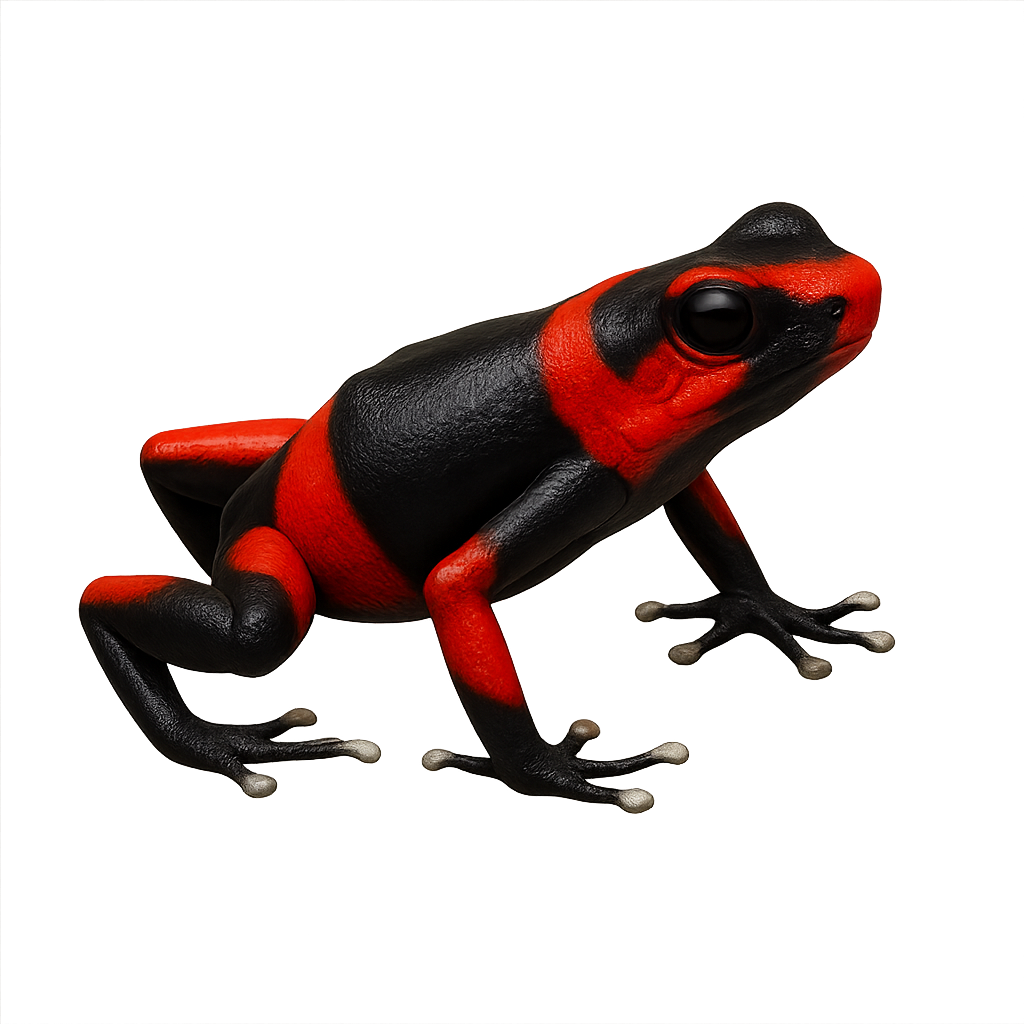Your wildlife photography guide.
Explore the lehmann's poison frog in detail, study its behavior, prepare your shots.
Where to observe and photograph the lehmann's poison frog in the wild
Learn where and when to spot the lehmann's poison frog in the wild, how to identify the species based on distinctive features, and what natural environments it inhabits. The WildlifePhotographer app offers tailored photography tips that reflect the lehmann's poison frog’s behavior, helping you capture better wildlife images. Explore the full species profile for key information including description, habitat, active periods, and approach techniques.
Lehmann's Poison Frog
Scientific name: Oophaga lehmanni

IUCN Status: Endangered
Family: DENDROBATIDAE
Group: Amphibians
Sensitivity to human approach: Suspicious
Minimum approach distance: 2 m
Reproduction period: April to May
Incubation: 10–14 jours
Births: May to June
Habitat:
Tropical rainforests, undergrowth, forest edges
Activity period :
Primarily active during the day, with peak activity in the morning and late afternoon.
Identification and description:
The Lehmann's Poison Frog, or Oophaga lehmanni, is a species of frog endemic to Colombia, known for its bright coloration and distinctive patterns ranging from red to yellow. These vivid colors serve as a warning to potential predators of its toxicity. It primarily inhabits tropical rainforests, where it hides under leaves and fallen tree trunks. This species is threatened by habitat loss and the illegal pet trade. It plays a crucial role in its ecosystem by controlling insect populations. Conserving its habitat is essential for its survival.
Recommended lens:
Macro – adjust based on distance, desired framing (portrait or habitat), and approach conditions.
Photography tips:
To photograph the Lehmann's Poison Frog, it is advisable to use a macro lens to capture the details of its colorful skin. Ensure you maintain a safe distance of at least 2 m to avoid disturbing the animal. Look for it in the undergrowth of tropical rainforests, where it often hides under leaves. Natural morning or afternoon light is ideal for highlighting its vibrant colors. Be patient and wait for it to move to capture dynamic shots.
The WildlifePhotographer App is coming soon!
Be the first to explore the best nature spots, track rutting seasons, log your observations, and observe more wildlife.
Already 1 439 wildlife lovers subscribed worldwide

